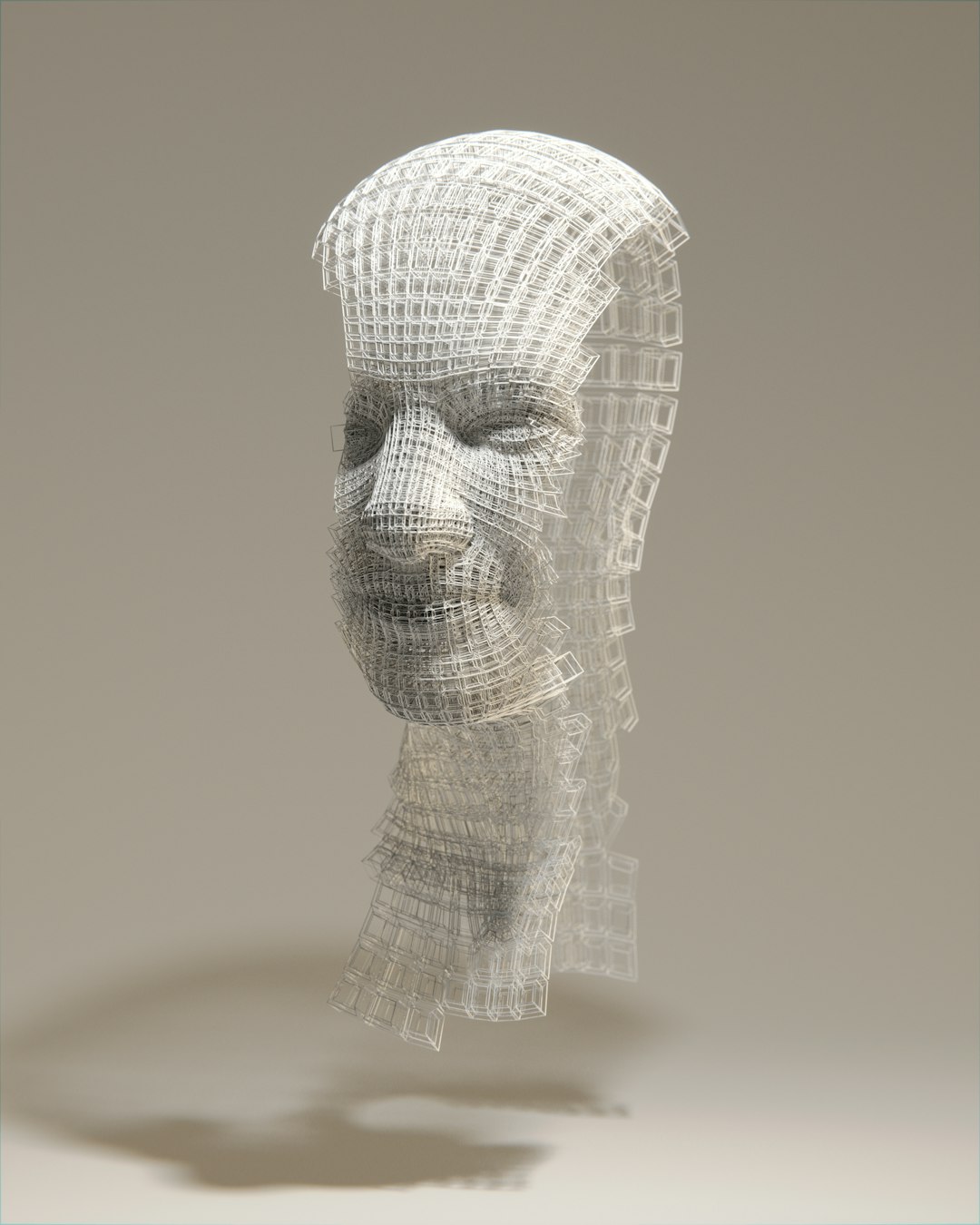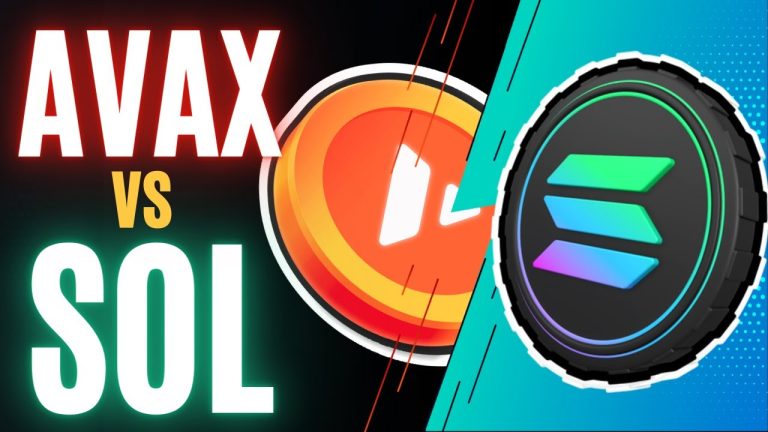Luma AI vs Synthesia for Product Demos
In the ever-evolving landscape of product marketing, artificial intelligence (AI) has become an indispensable tool for companies looking to create immersive and effective product demonstrations. Two of the standout platforms in this domain are Luma AI and Synthesia. Both offer innovative approaches to showcasing products, but they do so in fundamentally different ways. Understanding their strengths and limitations is essential for businesses trying to choose the right solution for their product demo needs.
Luma AI primarily focuses on photorealistic 3D rendering and scene reconstruction, providing users with high-fidelity, interactive product visuals. Meanwhile, Synthesia enables businesses to create professional-looking videos with AI-generated avatars, ideal for scripted and narrated content with a personal touch.
Core Technology Comparison
- Luma AI: Utilizes NeRF (Neural Radiance Fields) technology to reconstruct objects and spaces into photorealistic 3D visuals from simple smartphone video input. The result is a highly detailed and interactive product model that can be rotated, zoomed, and examined from any angle.
- Synthesia: Specializes in AI-generated video content where human avatars, created using deep-learning models, present scripted messages in a variety of languages and tones. It excels at turning text into engaging video presentations without the need for cameras or professional actors.
The key differentiation lies in their output formats: Luma AI offers interactive 3D experiences, while Synthesia delivers polished 2D videos. This distinction plays a significant role depending on the nature of the product and the marketing goals of the business.
[ai-img]3d rendering, ai visualization, product showcase[/ai-img]
Use Case Scenarios
Choosing between Luma AI and Synthesia will often come down to the specific context in which the demo is to be used. Below are some examples:
When to Use Luma AI
- Physical products: Ideal for items where the visual texture, scale, and usability need to be highlighted interactively—think furniture, electronics, or apparel.
- E-commerce and AR integration: Its output can be easily integrated into augmented reality solutions and online product pages, enhancing user engagement and boosting conversions.
- Design and prototyping: Useful for showcasing design features in high detail during stakeholder presentations or customer previews.
When to Use Synthesia
- Service-oriented offerings: Great for communicating abstract benefits, company culture, or guided walkthroughs by an AI presenter.
- Internal training and onboarding: Synthesia excels at creating instructional videos that feel personal and professional without HR teams recording videos repeatedly.
- Brand messaging consistency: Ensures the same tone and clarity across all languages and messages, making it well-suited for global campaigns.
[ai-img]ai avatar, corporate video, business presentation[/ai-img]
Quality of Output
Luma AI offers industry-leading realism, making it one of the best tools for companies wanting to exhibit the tangible and aesthetic aspects of their products. However, producing these 3D outputs can be more time-consuming, especially when capturing complex textures or multiple product angles.
In contrast, Synthesia allows for the rapid production of standardized video content, with scalable templates and multilingual support. While the avatars are convincing, they may lack the natural fluidity of human presenters, which can be noticeable in highly emotive or dynamic content.
Ease of Use and Accessibility
Both platforms offer cloud-based interfaces and do not require users to have in-depth technical knowledge. Luma AI is more hands-off once the video footage is captured—it processes the 3D renderings in the cloud. Synthesia’s interface features a drag-and-drop timeline and script section, making it user-friendly even for beginners.
However, Luma AI might involve additional post-processing to place its 3D outputs onto a website or into an AR app, whereas Synthesia videos are export-ready and can be published directly to YouTube, LMS platforms, or websites.
Price and Scalability
Price points for both services can vary depending on usage volume, enterprise features, and output quality. Synthesia offers subscription models that cater to teams needing consistent video output, while Luma AI tends to lean towards a project-based pricing model, reflective of its bespoke capabilities.
Final Thoughts
In conclusion, companies must assess the nature of their product and the message they wish to convey. If the goal is to provide a rich, tactile experience that allows customers to closely inspect a product, Luma AI offers a level of realism and interactivity unmatched by traditional media. On the other hand, if the goal is to scale engaging, narrative-driven product explanations across languages and markets, Synthesia is a powerful ally.
Ultimately, the best solution may combine both tools—Luma for immersive product renderings and Synthesia for compelling guided narration—creating a comprehensive demo strategy that engages, informs, and converts.







